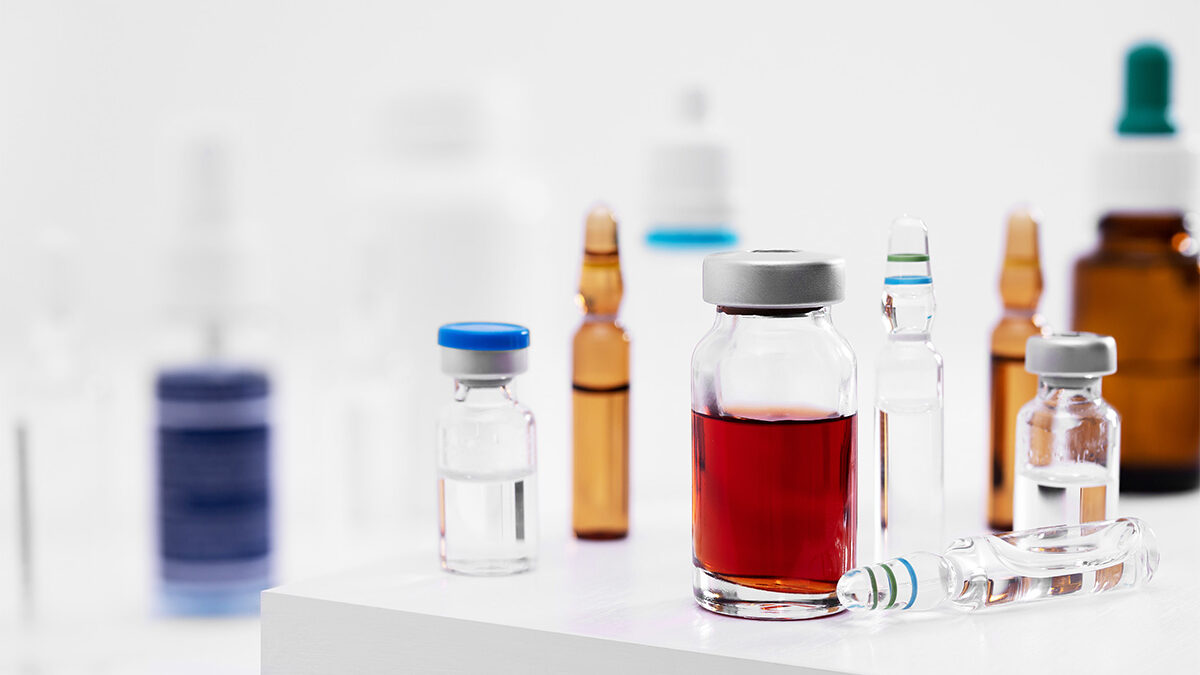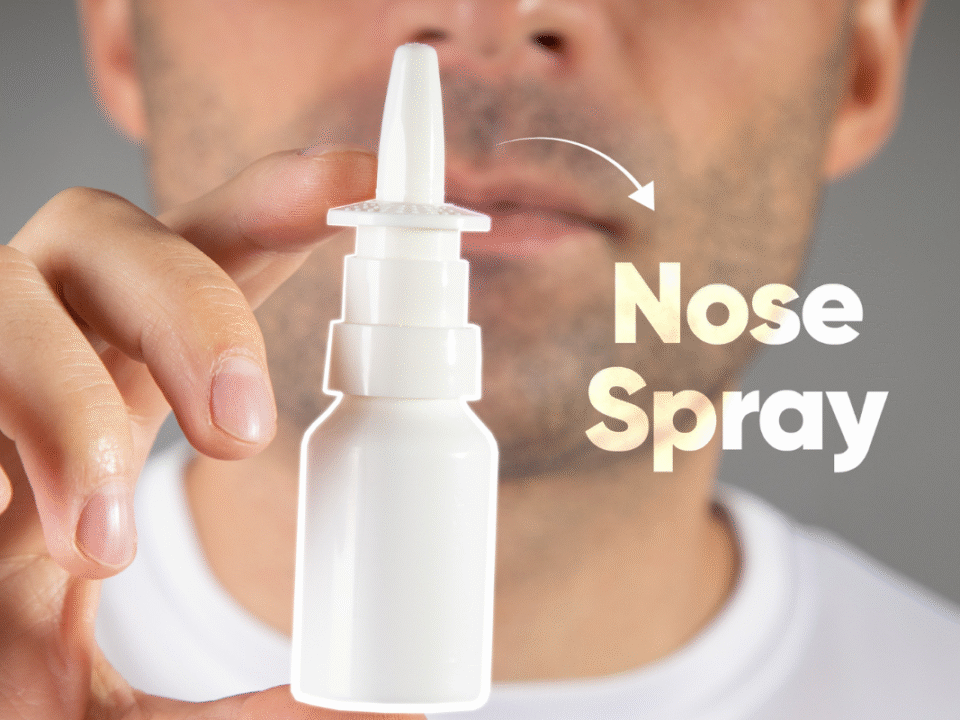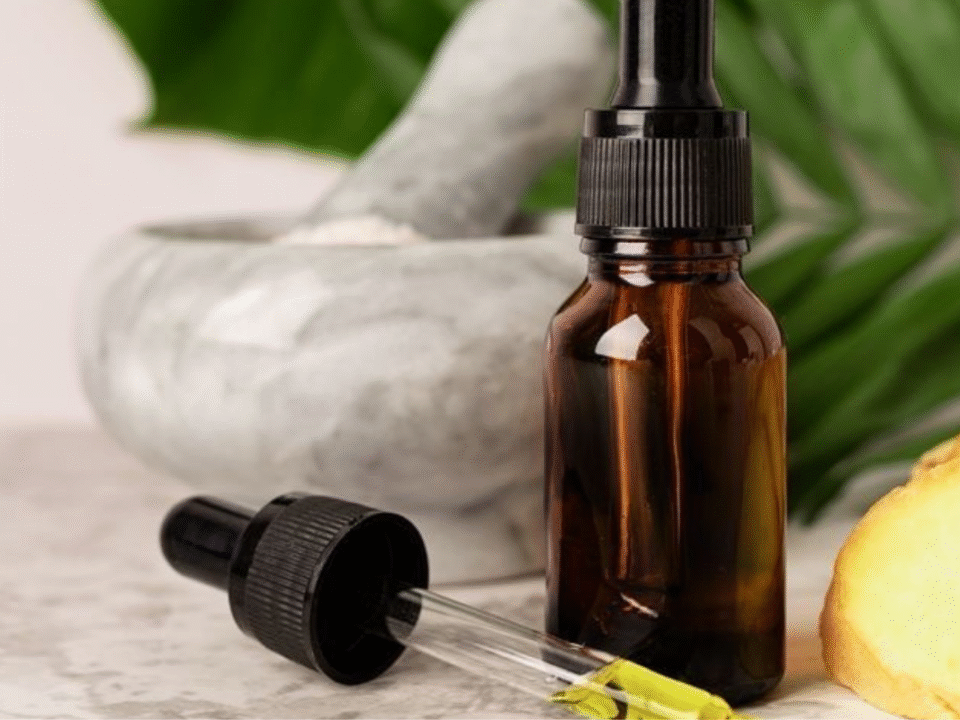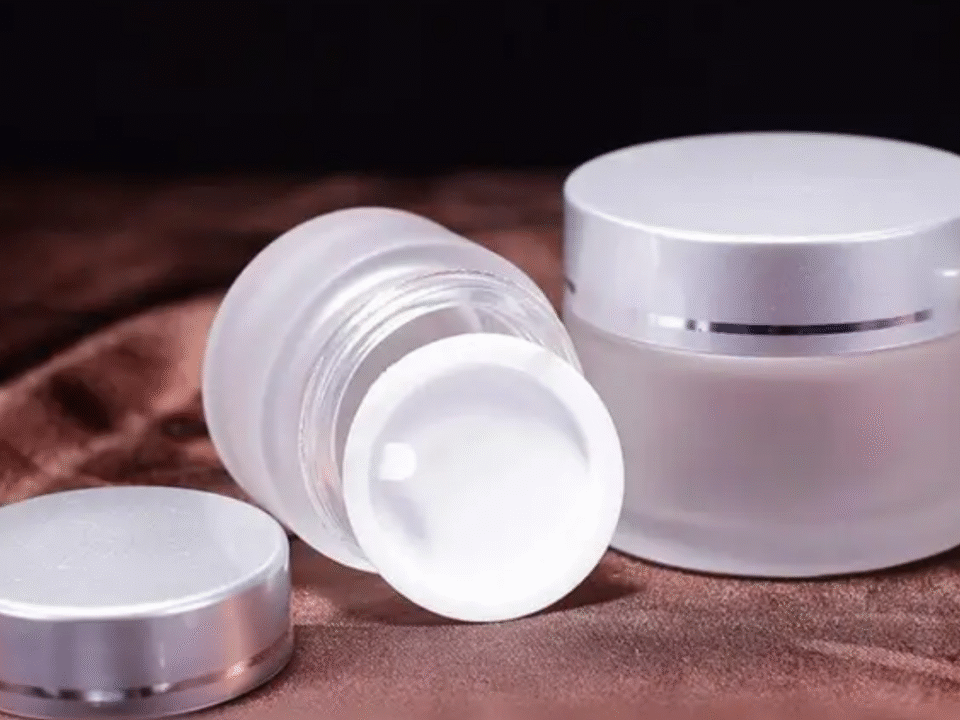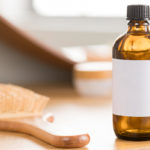
The Benefits of Using Amber Glass Bottles: A Complete GuideSave
July 14, 2023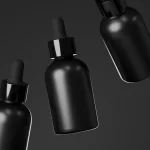
Black Dropper Bottles for Essential Oils – Ultimate Guide
July 14, 2023Choosing the right medicine bottle may seem like a small decision, but it can have a big impact on the safety and effectiveness of your medication. With so many options available, it can be overwhelming to determine which bottle is best for your specific needs. Factors such as the type of medication, storage conditions, and dosage requirements all play a role in selecting the right bottle. As a copywriter and digital marketer with expertise in the healthcare industry, I understand the importance of choosing the right packaging for your medication. In this article, I will guide you through the process of selecting the best medicine bottle for your needs, from understanding the different types of bottles available to considering important factors such as child safety and tamper-evident features. By the end of this article, you will be equipped with the knowledge to confidently choose the right medicine bottle for your medication and ensure the safety and effectiveness of your treatment.
Types of Medicine Bottles
There are two main types of medicine bottles: plastic and glass. Both types have their advantages and disadvantages, and the decision on which to use depends on the type of medication, storage conditions, and dosage requirements.
Plastic Medicine Bottles
Plastic medicine bottles are lightweight, durable, and affordable, making them a popular choice for packaging medication. They are available in a range of sizes and shapes, making it easy to find one that suits your needs. Plastic bottles are also easier to transport than glass bottles, as they are less likely to break during transit.
However, plastic bottles have some downsides. They can be permeable to gases and moisture, which can affect the quality and stability of some medications. This is particularly true for medications that are sensitive to light, heat, or moisture. In addition, plastic bottles may not provide adequate protection against tampering.
Glass Medicine Bottles
Glass medicine bottles are a popular choice for medications that require protection from light, moisture, and other external factors. Glass is non-permeable, which means it provides a better barrier against gases and moisture. It also has a higher resistance to temperature changes, making it a better choice for medications that require refrigeration.
However, glass bottles are more fragile and heavier than plastic bottles, making them more challenging to transport. They are also more expensive than plastic bottles, which can be a significant factor when packaging large quantities of medication.
Child-Resistant Medicine Bottles
Child-resistant medicine bottles are designed to prevent children from accessing medication. They are available in both plastic and glass, and they come in a variety of sizes and shapes. Child-resistant closures typically require the user to push down and twist to open the bottle, which can be challenging for children to do.
It is important to note that child-resistant packaging does not mean child-proof. Children can still access medication if the bottle is left open or if they are left unattended with the bottle.
Tamper-Evident Medicine Bottles
Tamper-evident medicine bottles are designed to provide evidence of tampering. They typically have a seal or breakable band that must be broken to access the medication. Once the seal or band is broken, it cannot be resealed, indicating that the bottle has been opened.
Tamper-evident packaging helps ensure the safety and integrity of medication, particularly for medications that are prone to abuse.
Choosing the Right Size and Shape
The size and shape of a medicine bottle depend on the type of medication and the dosage requirements. Smaller bottles are typically used for medications that are taken in smaller doses, while larger bottles are used for medications that are taken in larger doses. The shape of the bottle can also affect its ease of use. For example, bottles with a wider mouth may be easier to pour from than bottles with a narrow mouth.
When selecting the size and shape of a bottle, it is important to consider the storage space available. If you have limited storage space, you may need to choose a smaller bottle or consider using a storage solution such as a medicine cabinet.
Medicine Bottle Closures
The closure of a medicine bottle plays an important role in its effectiveness and safety. Some medications require airtight packaging to prevent degradation, while others may require a certain level of air exchange to maintain their stability.
There are several types of closures available for medicine bottles, including screw caps, snap caps, and dropper caps. The type of closure required depends on the type of medication and the dosage requirements.
Screw caps are the most common type of closure and are typically used for medications that do not require airtight packaging. Snap caps are commonly used for liquid medications and provide a secure seal to prevent spillage. Dropper caps are used for medications that require precise dosing, such as eye drops.
Customizing Your Medicine Bottle
Customizing your medicine bottle can help ensure that it is easy to identify and use. Customization options include labeling the bottle with the medication name, dose, and expiration date. You can also add color-coded labels or stickers to help identify medications that are taken at different times of the day.
When customizing your medicine bottle, it is important to ensure that the labeling does not interfere with the safety or effectiveness of the medication. You should also ensure that the labeling complies with any regulatory requirements.
Conclusion
Choosing the right medicine bottle is an important decision that can affect the safety and effectiveness of your medication. When selecting a bottle, it is crucial to consider factors such as the type of medication, dosage requirements, and storage conditions. The type of bottle you choose, whether plastic or glass, should also depend on these factors. Tamper-evident and child-resistant features are essential for ensuring medication safety. When customizing your bottle, ensure that your labeling does not interfere with the safety or effectiveness of the medication. By following these guidelines, you can ensure that your medication is stored and transported effectively and safely.

